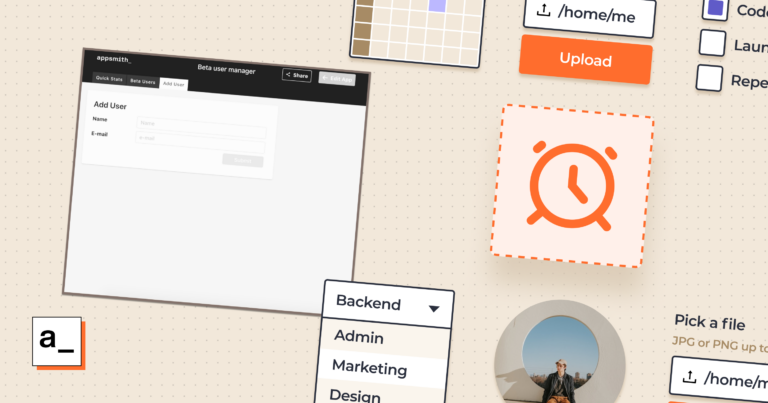Moving forward, Appsmith will be updating its low-code solution with five to ten pre-built applications per month.
Appsmith provides a low-code solution for front-end app development. The solution is based on pre-built building blocks for common functions, including drop-down menus, tables and input fields.
In principle, users do not need to program a single line of code. However, some expertise with JavaScript is beneficial. The Appsmith API can be called with JavaScript to edit widgets at the detail level. Most databases and Rest APIs are supported through pre-build connectors.
Today, Appsmith announced the introduction of templates. Templates aren’t building blocks, but full-fledged applications. Think of a complete dashboard for customer service agents. An organisation only needs to connect data sources. As mentioned earlier, most databases are supported.
Appsmith wants to add 5 to 10 templates every month. By the end of 2022, 100 templates should be available. The components of templates are released as individual widgets. Templates are fully editable.
Appsmith invites users to submit template ideas via GitHub. New templates are developed based on the feedback.
“Every enterprise needs to build custom applications — a slow, repetitive, expensive process”, says Abhishek Nayak, co-founder and CEO, Appsmith. “Development requires work on user interfaces, integrations, business logic, managing access controls, and ultimately deploying the app. Hence, we’re introducing a free library of fully customisable templates.”
Appsmith and low-code
Solutions like Appsmith achieve an important goal: less workload for developers. General staff take over simpler tasks, while developers focus on building complete applications.
OutSystems, Mendix, Salesforce and ServiceNow provide low-code platforms as well. Each solution has its advantages and disadvantages.
